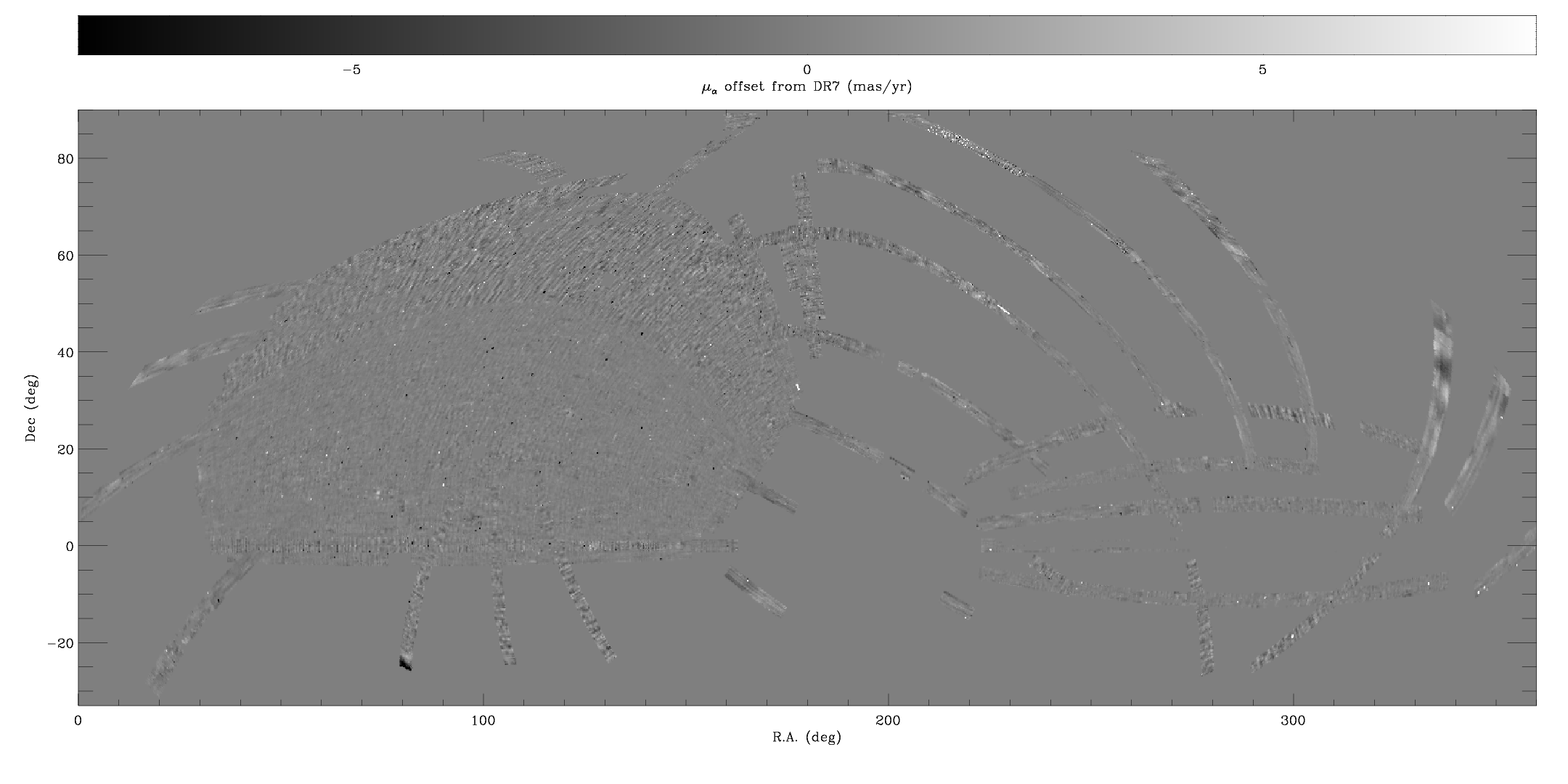

We foresee a revolution coming from: ultra-high-precision radio astrometry, large surveys of many objects, improved sky coverage, and at new frequency bands other than those available today. Based on these perspectives, the future of radio astrometry is bright. We review the small but growing number of major astrometric surveys in the radio, to highlight the scientific impact that such projects can provide. The next-generation methods are fundamental in allowing this. Astrometrical observation of nearby stars, for example, is one of the techniques used to search for the presence of unseen companions, such as exoplanets, low-luminosity stars, and brown dwarfs.

One of the key potentials is that astrometry will become generally applicable, and, therefore, unbiased large surveys can be performed. Astrometry is the precise measurement of the position of astronomical objects. The next generation of methods will allow ultra-precise astrometry to be performed at a much wider range of frequencies (hundreds of MHz to hundreds of GHz). What is Astrometry to provide a non-rotating stellar reference frame to which the motions of objects in the Solar System and stars in the Galaxy may be referred, and which can be used as a reference framework for relating optical observations to those in other regions of the electromagnetic spectrum. We have also checked the influence of some systematic effects (e.g. We cover the developments that have been fundamental to allow high accuracy and precision astrometry to be regularly achieved. A group of nearby visual binaries and multiples was observed in near infrared, relative separations and position angles measured.

From the historical development, we predict the future potential astrometric performance, and, therefore, the instrumental requirements that must be provided to deliver these. We present a technique-led review of the progression of precise radio astrometry, from the first demonstrations, half a century ago, until to date and into the future. We review the opportunities provided by the next generation of instruments coming online, which are primarily: SKA, ngVLA, and pathfinders, along with EHT and other (sub)mm-wavelength arrays, Space-VLBI, Geodetic arrays, and optical astrometry from GAIA. We cover the developments that have been fundamental to allow high accuracy and precision astrometry to be regularly achieved. Simulations based on Kepler data indicate that WFIRST will be capable of detecting oscillations in stars from slightly less luminous than the red clump to the tip of the red giant branch, yielding roughly 1 million detections.We present a technique-led review of the progression of precise radio astrometry, from the first demonstrations, half a century ago, until to date and into the future.

For brighter stars, the astrometric data will yield an external check on the radii derived from the two asteroseismic parameters, the large-frequency separation and the frequency of maximum oscillation power v(max), while for the fainter ones, it will enable a mass measurement from the single measurable asteroseismic parameter v(max). This project will apply this new technique for spacecraft tracking and determine the impact of the frequency dependence of the core emission from active galactic nuclei on ultra-high precision astronomy both for spacecraft tracking. Combined with its 40,000 epochs of high precision photometry (similar to 0.7 mmag at H-vega = 14 and similar to 0.1 mmag at H = 8), this will yield a wealth of asteroseismic data of giant stars, primarily in the Galactic bulge but including a substantial fraction of disk stars at all Galactocentric radii interior to the Sun. This method is able to measure relative astrometry in a single epoch with a precision of 10-20 microarcseconds. WFIRST microlensing observations will return high-precision parallaxes, sigma(pi) less than or similar to 0.3 mu as, for the roughly 1 million stars with H <14 in its 2.8 deg(2) field toward the Galactic bulge.


 0 kommentar(er)
0 kommentar(er)
